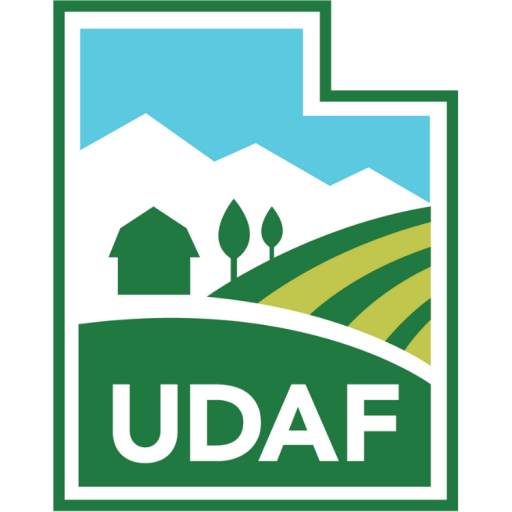As part of Utah history, the production of cattle and sheep gave rise to and provided the economic basis for survival for many of our rural communities. In those days, before anyone ever talked about “economic multipliers”, agriculture was the main economic engine in many areas of Utah. Even today, income from livestock makes up a large portion of Utah’s agricultural revenue (See USDA-NASS).
During planning of a large scale public/private land grazing management change in Northern Utah, the Utah State University Applied Economics Department took a closer look at the economic impacts of that change in grazing management. The university studied 143,000 acres made up of public, private, and state-owned land that provides seasonal forage for 3,200 beef cows and 2,000 sheep. Livestock production in this parcel located in Rich County contributes about $2 million to local economies and to the county. The study found that each “cow unit” was valued at about $555/year. With an economic multiplier of 1.5, the total economic contribution of the livestock is $3.2 million or $970/cow unit. Read the entire study.
Some other meaningful data comes from the Utah Technology College’s Farm/Ranch Management group. Scattered across Utah, these professionals assist farmers and ranchers in establishing effective accounting records to track their businesses. Based on the averages of the cattle operations they worked with from 2006-2011, the average cost to run a beef cow for one year is $478. This number represents actual cost and does not include net profit which also circulates through a local economy. Since these operations are scattered across Utah, it has not been determined what a fair “multiplier” would be. Most of these ranches use public land for part of their seasonal forage.
To expand the knowledge (data) about Utah’s livestock industry, the UDAF will be working with the USU Applied Economics Department to examine the livestock industries economic impact for several other rural counties over the next few months.





